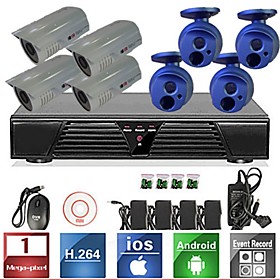

It can be found located under the Setting section of the Main Menu, and then under Camera. If you haven't already discovered the Channel Type page in the menu, you'll need to now. Those of you who own a Tribrid DVR will have an added step immediately following step one. All other Onvif IP cameras will have a similar IP configuration tool or software that you'll use to accomplish the same task.

You'll only need to select it from the list and then, if necessary, modify the cameras network parameters using the options located on the right side of the screen. The tool will automatically detect your Hikvision IP camera. Once you have the SADP tool installed and open, use it to modify the network credentials of your IP camera to comply with your own network (including your NVR).
ONVIF RECORDER INSTALL
Now click on Setup in the SADP folder located on the mini disc to install the tool. Connect your IP camera to your network (router/switch) and ensure that it’s power on (PoE switch, power supply, etc…). Step 1: Configure Your Hikvision (or Onvif) IP Cameraįor a Hikvision IP Camera, you’re going to be configuring your camera using the SADP tool located on the mini disc that came with your camera.

**Please note that you will not be able to utilize the "built-in" PoE switch you find on some models of Dahua's NVRs if you are using Hikvision IP cameras. With Hikvision arguably not having options that are as highly sought after, but with their IP cameras still being as popular as they are, it makes sense to look at Dahua to fill the gap. Not only do they possess all of the features people have come to expect, but they also stand the test of time where others fail. Dahua has built a pretty strong reputation for manufacturing standalone Digital Video Recorders (DVR) and Network Video Recorders (NVR) that live up to peoples expectations.


 0 kommentar(er)
0 kommentar(er)
